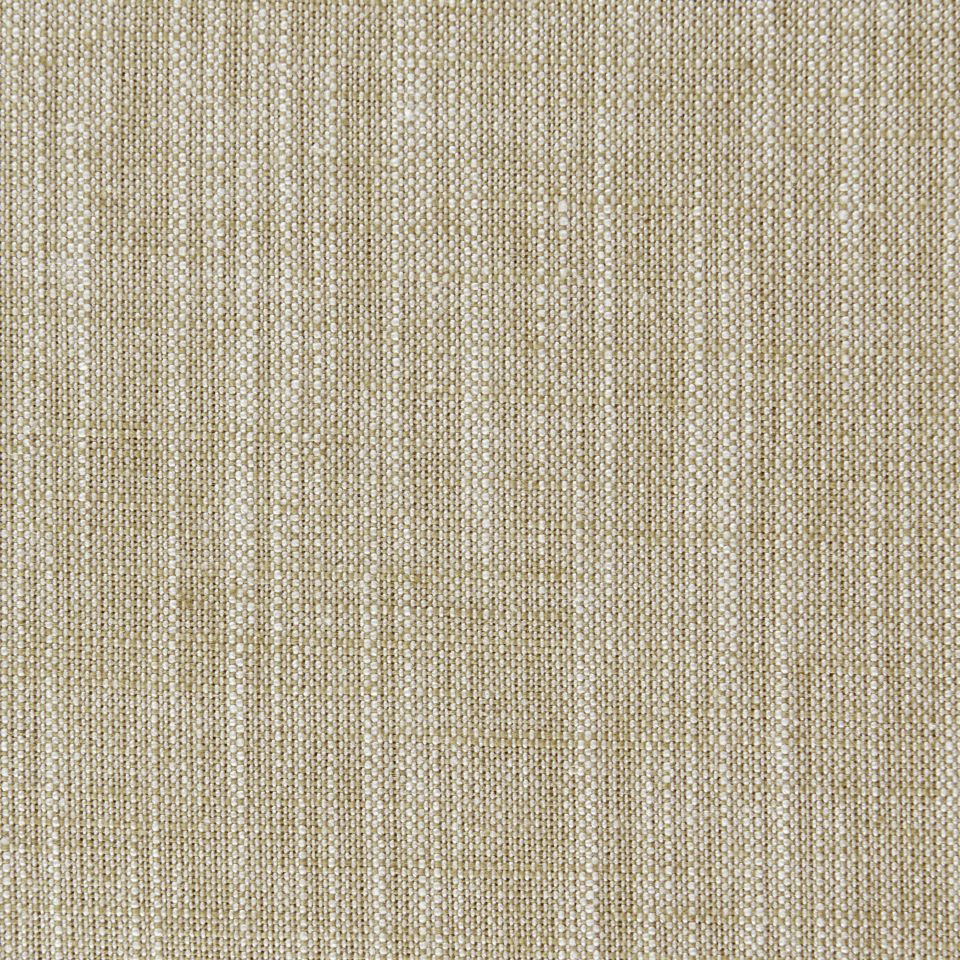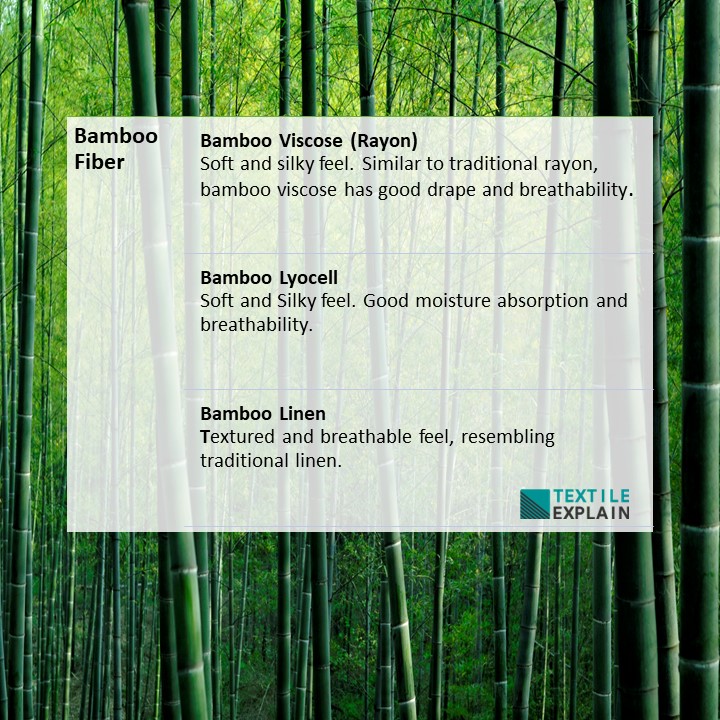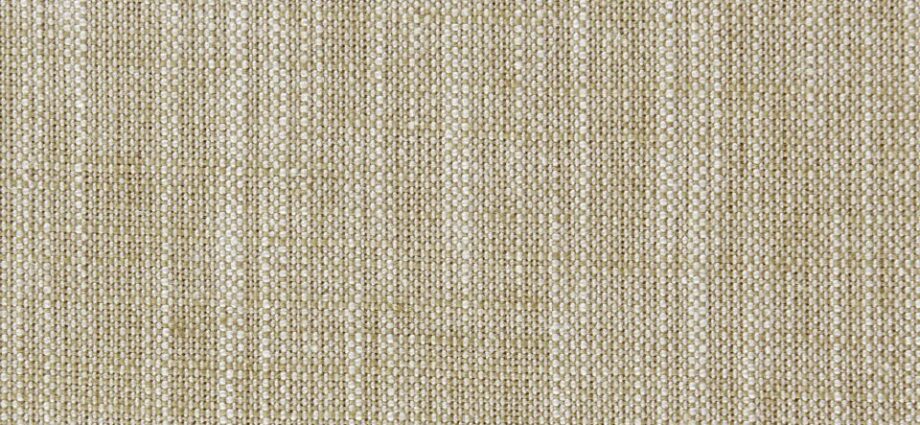What is Bamboo Fabric?
Bamboo fabric, a versatile and environmentally friendly textile, is crafted from the bamboo plant, showcasing a rich history of applications ranging from infrastructure to the medical and paper industries. In contemporary times, perfected processes have transformed this fast-growing wood into a fabric celebrated for its eco-friendly attributes. Bamboo fibers, likened to a blend of cashmere and silk, possess a luxurious feel and fluidity, making them ideal for diverse applications from bedding to clothing. The bamboo plant’s natural resilience to pests eliminates the need for pesticides, and its fibers contain ‘bamboo kun,’ a unique antibacterial bio-agent that persists in the finished fabric, offering not only comfort and breathability but also natural resistance to odor and degradation. While some bamboo fabrics uphold ethical and sustainable practices, it is crucial for consumers to discern between varieties, ensuring a choice that aligns with environmental and social values in the textile industry.

How Bamboo Fabric Made
The process of making bamboo fabric involves several distinct steps, ensuring the transformation from bamboo stalks to the final textile is executed with precision and care.
Types of Bamboo Fabrics
Bamboo fibers contribute significantly to textile production, offering a sustainable and versatile alternative. Within this context, it’s essential to explore the different types of bamboo fibers available for various applications.
Bamboo Viscose (Rayon)
Bamboo Viscose, also known as Bamboo Rayon, is a type of fiber derived from bamboo plants. It exhibits a soft and silky texture, akin to traditional rayon. Widely used in textile production, Bamboo Viscose is favored for its good drape and breathability. However, environmental concerns may arise due to the chemicals used, prompting a closer examination of its ecological impact.
Bamboo Lyocell
Bamboo Lyocell is a type of fiber derived from bamboo. Known for its softness, breathability, and moisture-wicking properties, this material produces a comfortable fabric with a smooth, luxurious feel against the skin. Bamboo Lyocell is often considered more environmentally friendly than some other bamboo fiber production methods due to its reduced environmental impact.
Bamboo Linen
Bamboo Linen, produced through a mechanical method, is known for its textured and breathable feel, similar to traditional linen. Notably eco-friendly compared to chemical processes, the mechanical approach, while more sustainable, may be less prevalent due to higher production costs.

Bamboo Fabrics Making Process
Bamboo Viscose (Rayon) and Bamboo Lyocell share similarities in that they both involve harvesting bamboo, creating bamboo pulp, and spinning the fibers into yarn. However, the key difference lies in the method used to break down the bamboo pulp into fibers. On the other hand Bamboo Linen, involves a different mechanical process. Here the process of Making Bamboo Fiber.
- Harvesting: Bamboo plants are typically ready for harvesting within 3 to 5 years, making them a fast-growing and renewable resource. Harvesting is done selectively, allowing the bamboo to regenerate without the need for replanting.
- Extraction of Fibers: There are two main methods for extracting bamboo fibers: mechanical and chemical.
- Mechanical Method: In this process, the bamboo is crushed mechanically, and natural enzymes break down the bamboo walls to extract the fibers. This method is more eco-friendly but can be labor-intensive.
- Chemical Method: In the chemical or viscose method, bamboo is broken down with the help of chemicals to extract cellulose. This cellulose is then spun into fibers. While this method can be less labor-intensive, it involves the use of chemicals, which raises environmental concerns.
- Mechanical Method: In this process, the bamboo is crushed mechanically, and natural enzymes break down the bamboo walls to extract the fibers. This method is more eco-friendly but can be labor-intensive.
- Spinning: The extracted bamboo fibers are then spun into yarn through a process similar to the one used for other natural fibers like cotton or wool.
- Weaving or Knitting: The bamboo yarn is woven or knitted into fabric. The weaving process determines the type of bamboo fabric produced—whether it’s a tightly woven fabric for durability or a loosely woven one for enhanced breathability.
- Finishing: The fabric undergoes finishing processes, which may involve treatments for softening, coloring, or adding specific properties like moisture-wicking or antibacterial features.
Use of Bamboo Fabrics
Bamboo fibers have gained significant traction in the textile industry due to their exceptional properties, offering a sustainable and eco-friendly alternative to traditional materials. Here are various applications of bamboo fibers in the textile industry:
1. Clothing:
- Soft and Comfortable Apparel: Bamboo fabric is known for its luxurious softness, often compared to a blend of cashmere and silk. This makes it a popular choice for crafting comfortable and stylish clothing items such as shirts, dresses, skirts, and undergarments.
2. Bedding:
- Sheets and Pillowcases: Bamboo fibers are used to create bedding items like sheets and pillowcases. The fabric’s natural breathability and moisture-wicking properties contribute to a cool and comfortable sleeping experience.
- Duvet Covers: Bamboo duvet covers are appreciated for their soft texture and ability to regulate temperature, providing a cozy and environmentally friendly bedding option.
3. Towels and Bathrobes:
- Highly Absorbent Towels: Bamboo towels are prized for their absorbency, making them a popular choice for bath towels and beach towels. The fibers’ natural antimicrobial properties also contribute to keeping the towels fresh.
- Luxurious Bathrobes: Bamboo fibers are used to create bathrobes with a soft and velvety feel, adding a touch of luxury to post-shower comfort.
4. Activewear:
- Breathable Sportswear: The moisture-wicking and breathable nature of bamboo fabric make it suitable for activewear. Bamboo fibers in sportswear help keep the body cool and comfortable during physical activities.
5. Undergarments:
- Soft and Hygienic Underwear: Bamboo fibers are often used in the production of undergarments due to their softness and natural antibacterial properties, promoting hygiene and comfort.
6. Socks:
- Moisture-Wicking Socks: Bamboo fibers are incorporated into sock production for their moisture-wicking abilities, keeping feet dry and comfortable. The natural breathability of bamboo fabric also helps prevent odors.
7. Fashion Accessories:
- Scarves and Shawls: Bamboo fibers are utilized to create lightweight and breathable scarves and shawls, adding a touch of elegance to various outfits.
- Hats and Gloves: Bamboo fabric is employed in the production of hats and gloves, providing a soft and comfortable feel while also offering protection from the elements.
8. Baby Clothing and Linens:
- Gentle Baby Clothes: The soft and hypoallergenic nature of bamboo fabric makes it suitable for baby clothing. It is often used to create gentle and comfortable onesies, sleepers, and blankets.
- Crib Sheets: Bamboo fibers are used to make crib sheets, providing a soft and breathable sleeping surface for infants.
9. Sustainable Fashion:
- Eco-Friendly Fashion: Bamboo fibers align with the growing demand for sustainable and eco-friendly fashion. Clothing made from bamboo is often considered a conscious choice that reduces the environmental impact of the textile industry.
Environmental Impact of Bamboo Fabrics
Positive Impact
- Renewability: Bamboo is a highly renewable resource, as it is one of the fastest-growing plants in the world. This rapid growth makes bamboo a sustainable and eco-friendly option for fabric production.
- Low Pesticide Use: Bamboo requires minimal pesticide use compared to conventional crops, as it has a natural resistance to pests. This reduces the environmental impact associated with the use of chemical pesticides.
- Carbon Sequestration: Bamboo plants have the ability to absorb more carbon dioxide and release more oxygen into the atmosphere than many other plants. This contributes to carbon sequestration, aiding in the fight against climate change.
- Water Efficiency: Bamboo typically requires less water compared to traditional crops like cotton, making it a more water-efficient choice for fabric production, especially if grown using sustainable agricultural practices.
Negative Impact
- Chemical Processing: The most common methods of turning bamboo into fabric, such as the viscose (rayon) process, involve the use of chemicals like caustic soda and sulfuric acid. The chemical processing can lead to environmental pollution if not managed properly.
- Water Usage in Processing: The production of bamboo fabric may involve significant water usage, particularly in the bleaching and dyeing stages. Without proper water management practices, this can contribute to water scarcity and pollution.
- Energy Intensity: Manufacturing bamboo fabric, especially using certain chemical processes, can be energy-intensive. High energy consumption contributes to the overall environmental footprint of the fabric.
- Land Use Change: Large-scale bamboo plantations for commercial purposes may lead to changes in land use, potentially impacting local ecosystems, biodiversity, and soil health.
Conclusion
In conclusion, bamboo fabrics in textiles have both pros and cons. The fast growth and low pesticide requirements of bamboo make it environmentally friendly, but challenges like chemical use and resource-intensive production processes exist.
Achieving true sustainability requires adopting eco-friendly practices in how bamboo is grown and processed. This ongoing effort is crucial for maximizing the eco-friendly potential of bamboo textiles in the fashion and textile industry.

